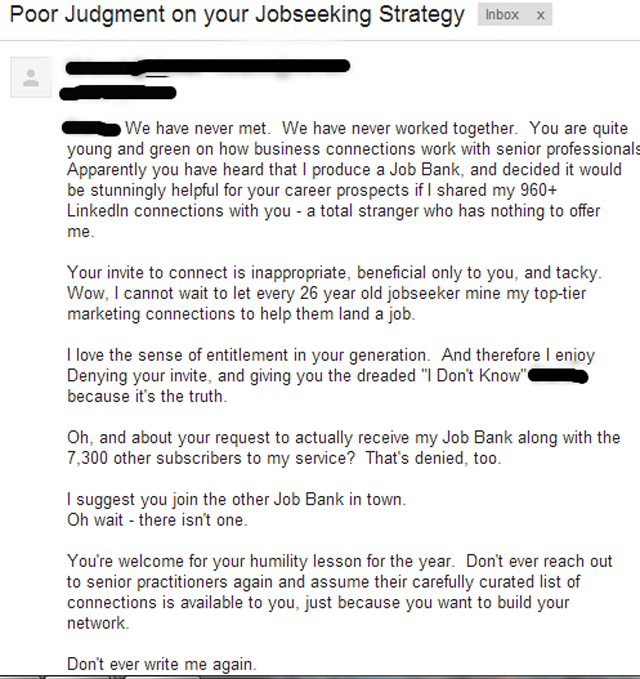Subscribe: Apple Podcasts | Android |
Martin here.
When we recorded this show, I’d just returned from SXSWi and I offer my thoughts reflections on this year’s Festival.
There’s no doubt SXSW remains a one-of-a-kind event with a unique laid-back energy and excitement for all things tech and social. That’s something you see first-hand watching the featured speakers and keynotes and in many of the smaller sessions, too.
And while there weren’t any big new platform launches in 2014, there was a lot of big thinking.
SXSW is still a defining event. Yet with so many people and ideas in one place it can seem a bit overwhelming. Before you go, do your homework and figure out what you want to see and do and who you want to meet; the Festival offers such a friendly, open vibe, you can meet anyone.
And if you’re looking for a more intimate conference with the South-by feel, check out the second annual SXSW V2V in Las Vegas that happens in July.
You can read more about my SXSW highlights on the TFC blog.
Oh and here’s Kevin Bacon’s hilarious video explaining the ’80s to millennials.
In the second part of the show we talk about PressFriendly.
After receiving a pitch, Gini asked Laura Petrolino to test out the product and Laura wrote about it on SpinSucks. Essentially PressFriendly helps automate media relations. It’s aimed at startup entrepreneurs who are frustrated with the PR experience and want to try it on their own.
Gini feels they have the right thinking but that it’s difficult to automate relationship-building. She also wonders if reaching out to media and bloggers is the best use of an entrepreneur’s time or if they’d be better off hiring a professional.
Joe’s not sure building a media list should be handed to the most junior person or to an algorithm. That can lead to spammy pitches that hurt the reputation of the entire industry.
Finally, I mention that one of the students in my UTSCS hybrid Foundations Course produced a video, Joey Loves Water, and it went viral. It was part of her class assignment and as of this writing, she has nearly 200,000 views.
Joe notices the video has been picked up on a lot of cat sites as well as on Huffington Post. Once it got on the circuit, he observes, you can almost trace its virality by seeing which sites help amplify and pass it along.
The lesson? Ditch the corporate spokesperson and bring in a cat. Or…maybe not.
************************************************************************************************
We’d love to hear your thoughts.
Inside PR is part of the FIR Podcast Network.
Send us an email or an audio comment to [email protected], join the FIR Google+ Community, join the Inside PR Google+ Community, join the Inside PR Facebook group, leave us a comment here, message us @inside_pr on Twitter, or connect with Gini Dietrich, Joseph Thornley, and Martin Waxman on Twitter.
Thank you to the people behind Inside PR
Our theme music was created by Damon de Szegheo; Roger Dey is our announcer.
Inside PR is produced by Kristine D’Arbelles and Ashlea LeCompte.

